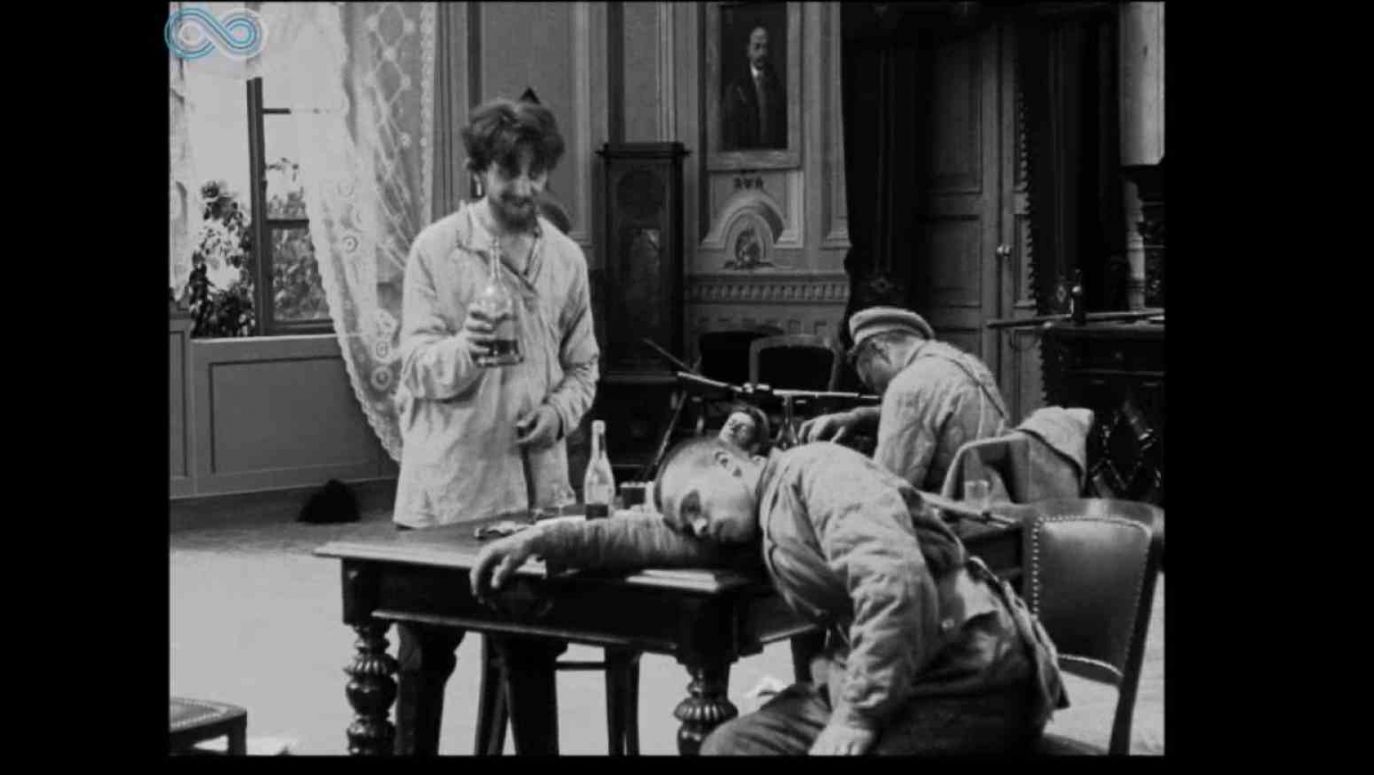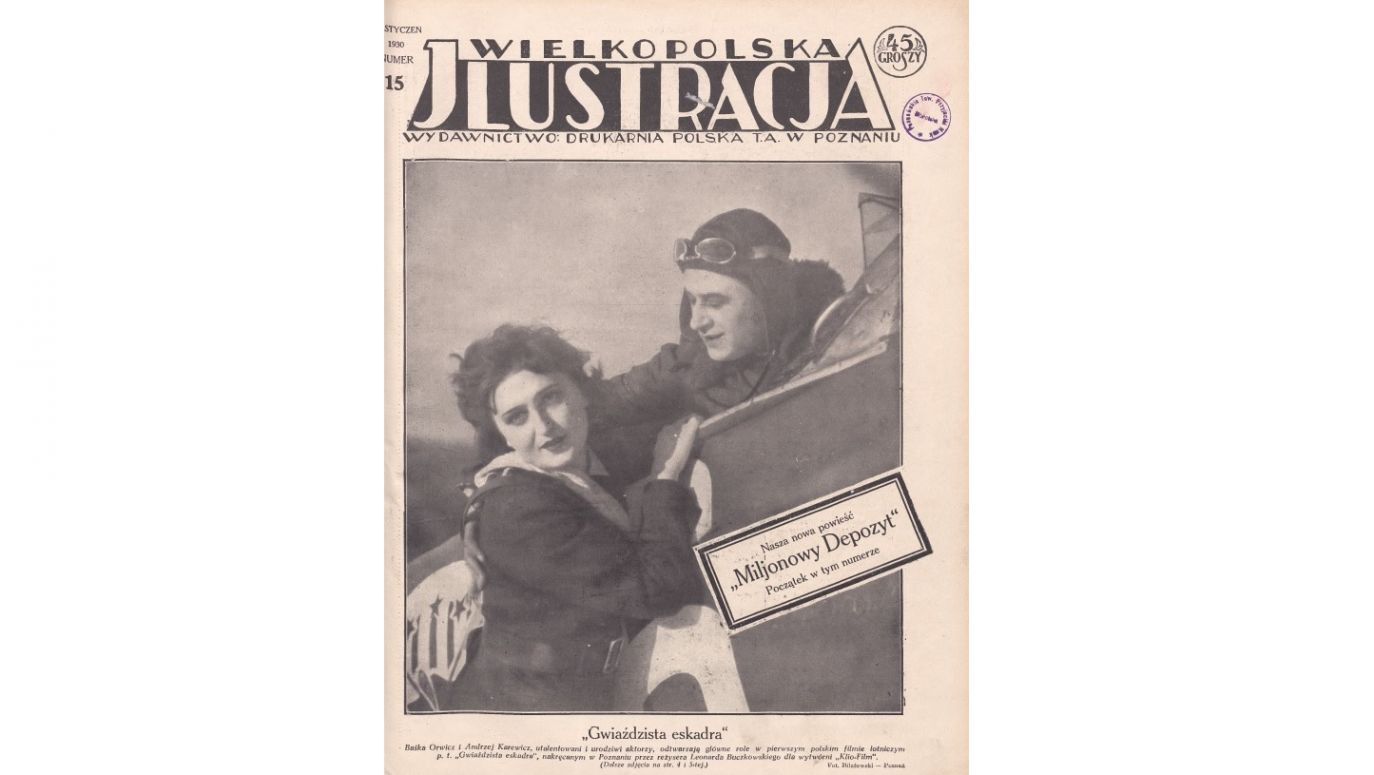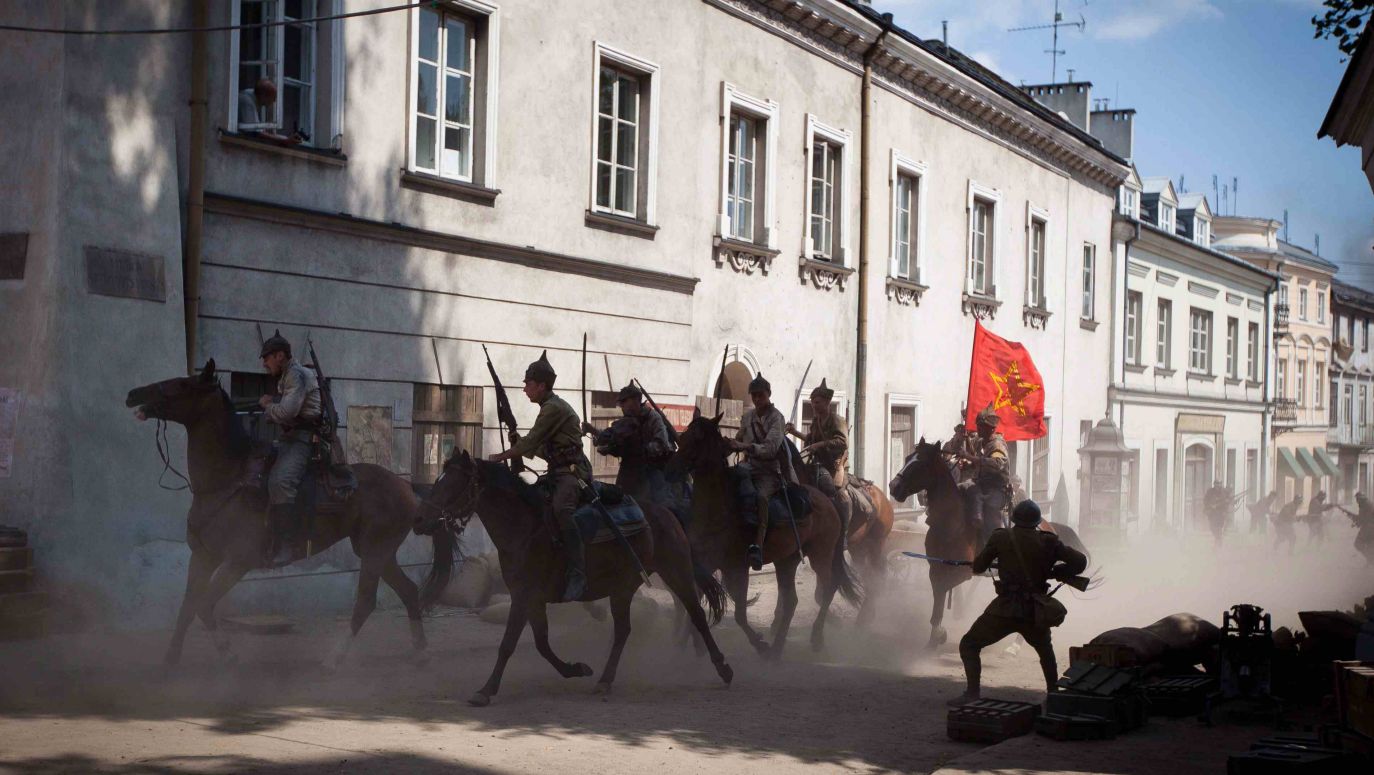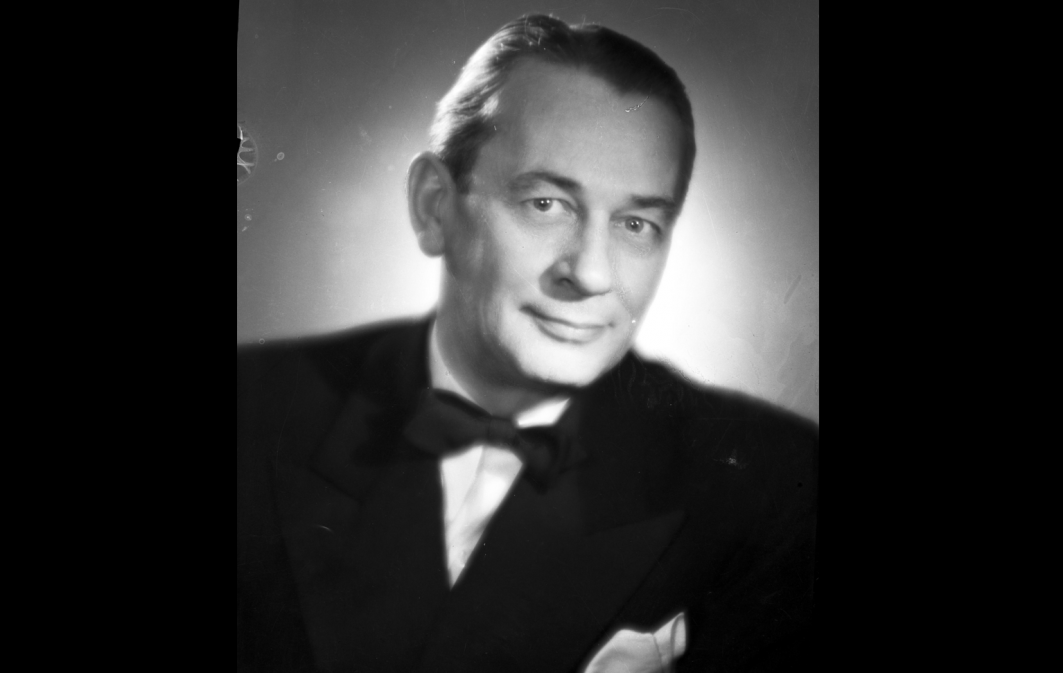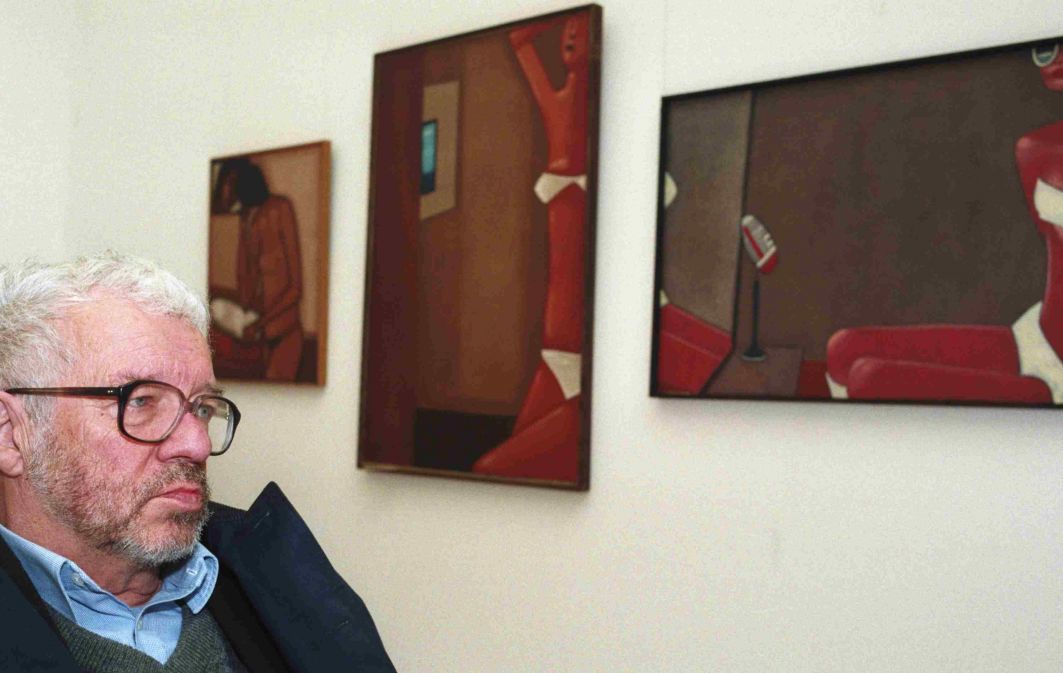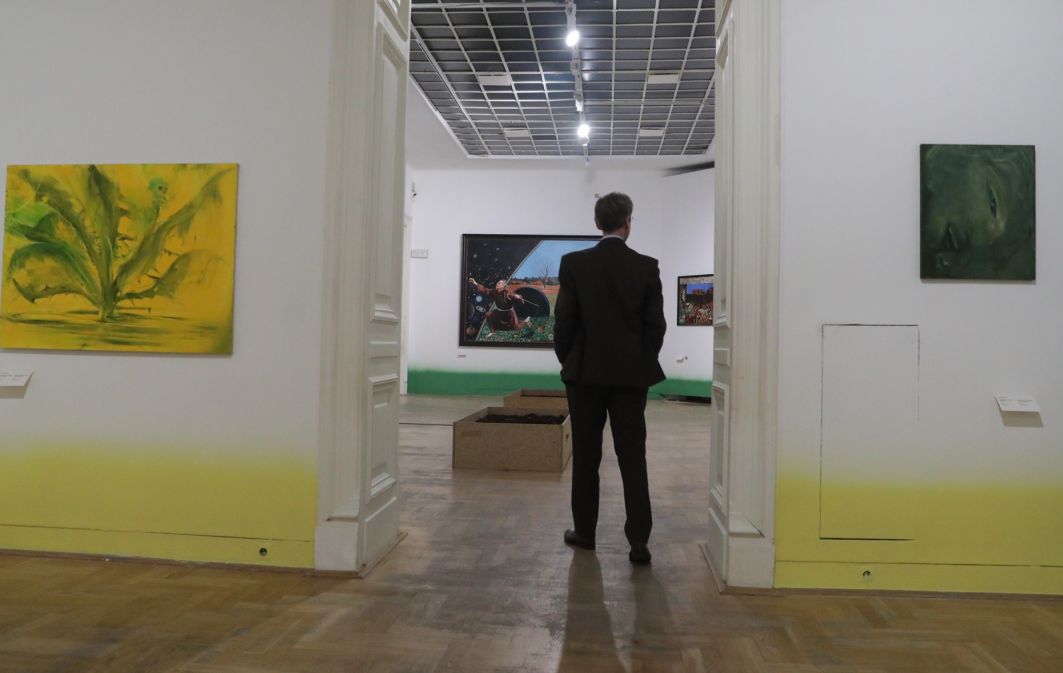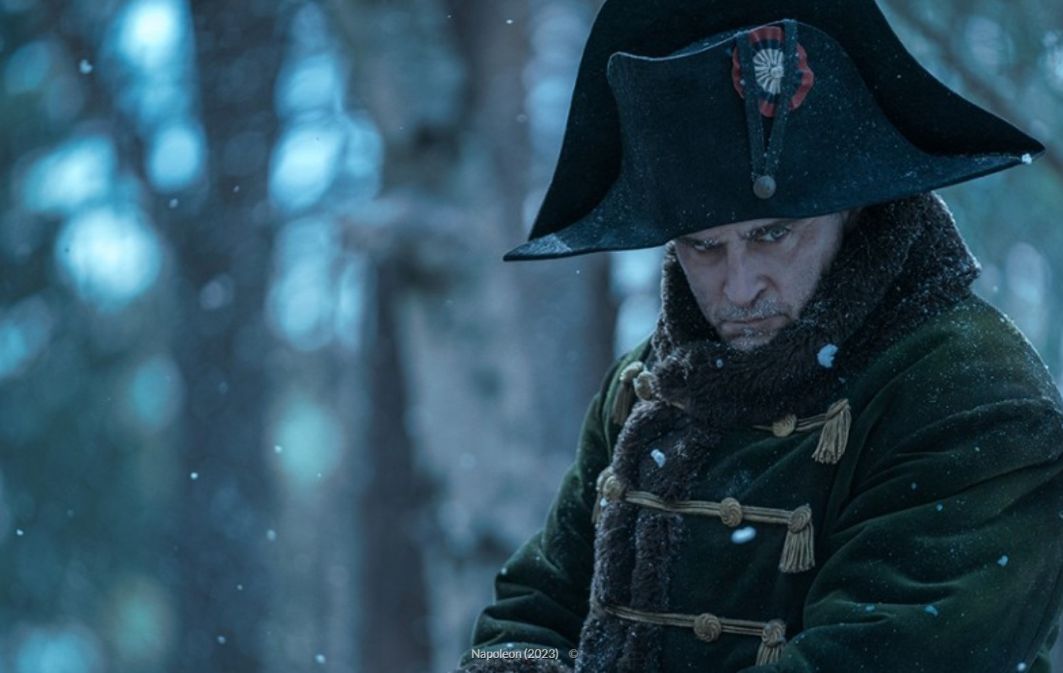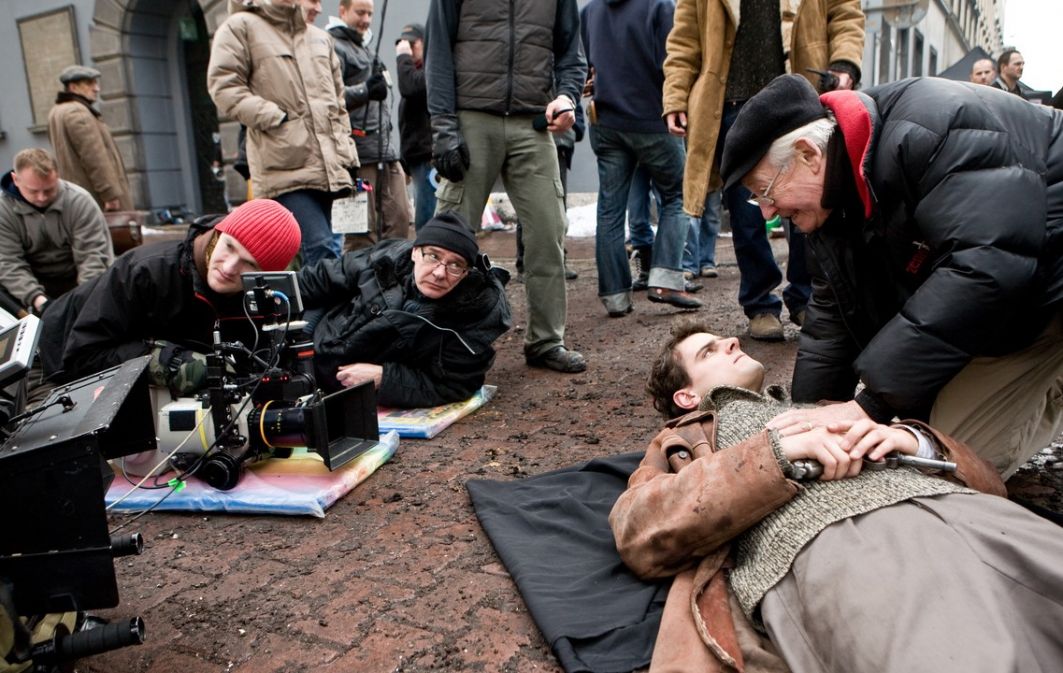It is interesting that the film reportedly cost PLN 25.5 million, which is more than another blockbuster from 2014, “Warsaw 44” (less than 25 million) or “Volhynia”, aka “Hatred” from 2016 (20 million) and is on the list of the most expensive Polish films in sixth place. Unofficial information says the equivalent of USD 9 million, or PLN 32 million at that time. And what was the effect? Well, it’s probably better not to watch the movie at all.
A victorious war
Against the background of the “Battle of Warsaw”, the television series “1920. War and Love” (“1920. Wojna i miłość), first shown on TVP on November 11. On Filmweb it has a decent rating of 6.8.
Thirteen episodes tell the story of three soldiers: Bronisław Jabłoński (a Polish nobleman and an officer in the former Russian army played by Jakub Wesołowski), Władysław Jarociński (a soldier from a peasant family from Wielkopolska, a soldier of the former Prussian army – Wojciech Zieliński in this role) and Józef Szymański (a mathematician from Lviv, an officer in the Legions, played by Tomasz Borkowski). It is a story about friendship, relationships with women and the struggle for independent Poland. The common enemy of Władek, Bronek and Józef is the Russian Aleksander Sribielnikow, a Bolshevik commissar (Michał Żurawski). Piłsudski was played by Mirosław Baka, and the cast also included, among others, Krzysztof Globisz and Lech Łotocki.
– “The Battle of Warsaw” was being filmed in a relative parallel to our series, so it was very interesting to make comparisons – says co-author of the script Janusz Petelski (the other co-author was Robert Miękus). – Maybe we managed to reach deeper, to show the events in a slightly more authentic way... – he wonders, adding: – It just so happened that several storylines are quite similar. But of course, the show has budgetary shortcomings. Where large military units are mentioned, there are a dozen or more extras on the set...
And he mentions that during the production of the series, for example, an armoured train from WWII standing at the Museum Station (former Railway Museum in Warsaw) was used. “But thanks to the use of computer programs, he drove on the tracks as if during warfare”, he says.
Of course, experts in the field also noticed mistakes. “The costume designer should be dragged over the cobbles by horses for what he does in this series. Polish soldiers sit in the trenches, and their uniforms are immaculately clean and ironed as if for a parade... so what? Were those trenches dug for them by an excavator? Not to mention the helmets, shining with brand-new paint” – wrote one of those present on the Filmweb forum. “If you only have one set of uniforms for the whole shooting period, you ECONOMIZE (…) The organisers willingly used the help of Historical Reenactment Groups. These Boys performed in their uniforms, so it’s not surprising that wearing them, they didn’t feel like rolling around in the mud”, replied another.
Difficult commemoration
The Polish-Soviet War, a great, Polish victory is somehow out of luck: a monument should have been erected long ago – it wasn’t; a museum should have been opened long ago in Ossów near Warsaw – there is merely an empty building. The dramatic story from the 1920 simply demands a great film worthy of its name. Meanwhile the best motion pictured ever made , the 1930 “Starry Squadron” is unsuccessfully sought after all around the world. Arguably, it is high time that someone overcame this ill fate because rather than about our victories, we talk and write about our defeats. When it is worth knowing that there is more to Polish history than a series of failures.
– Piotr Kościński
TVP WEEKLY. Editorial team and jornalists
– Translated by Dominik Szczęsny-Kostanecki 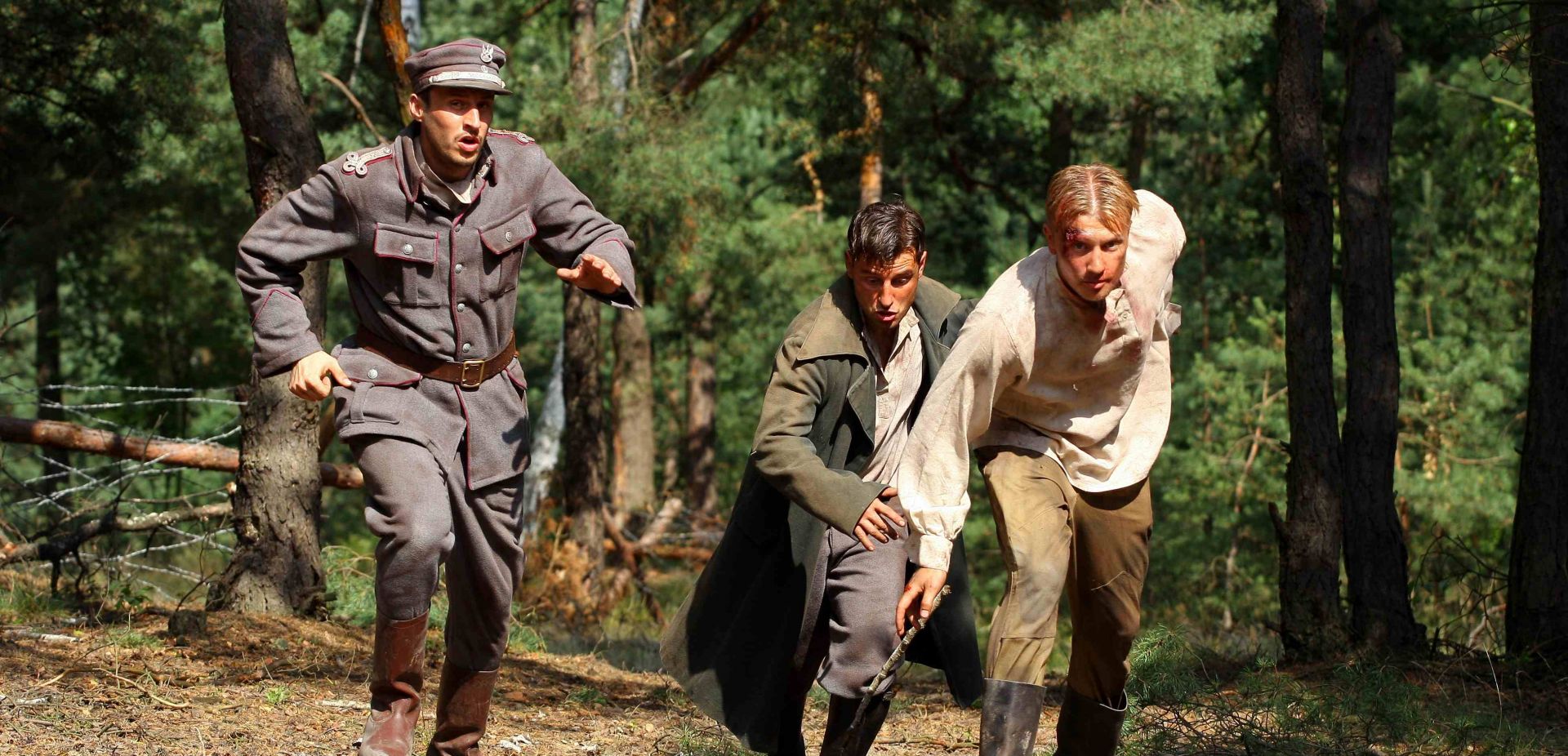
 SIGN UP TO OUR PAGE
SIGN UP TO OUR PAGE
 Filming of the battles couldn’t have been a problem, as these events had taken place only a year earlier. Although specifically during the shoot a new battle for Vilnius was taking place – it is therefore hard to say, whether the Gate of Dawn scene was actually filmed there or whether there was a need to set up decorations.
Filming of the battles couldn’t have been a problem, as these events had taken place only a year earlier. Although specifically during the shoot a new battle for Vilnius was taking place – it is therefore hard to say, whether the Gate of Dawn scene was actually filmed there or whether there was a need to set up decorations.
